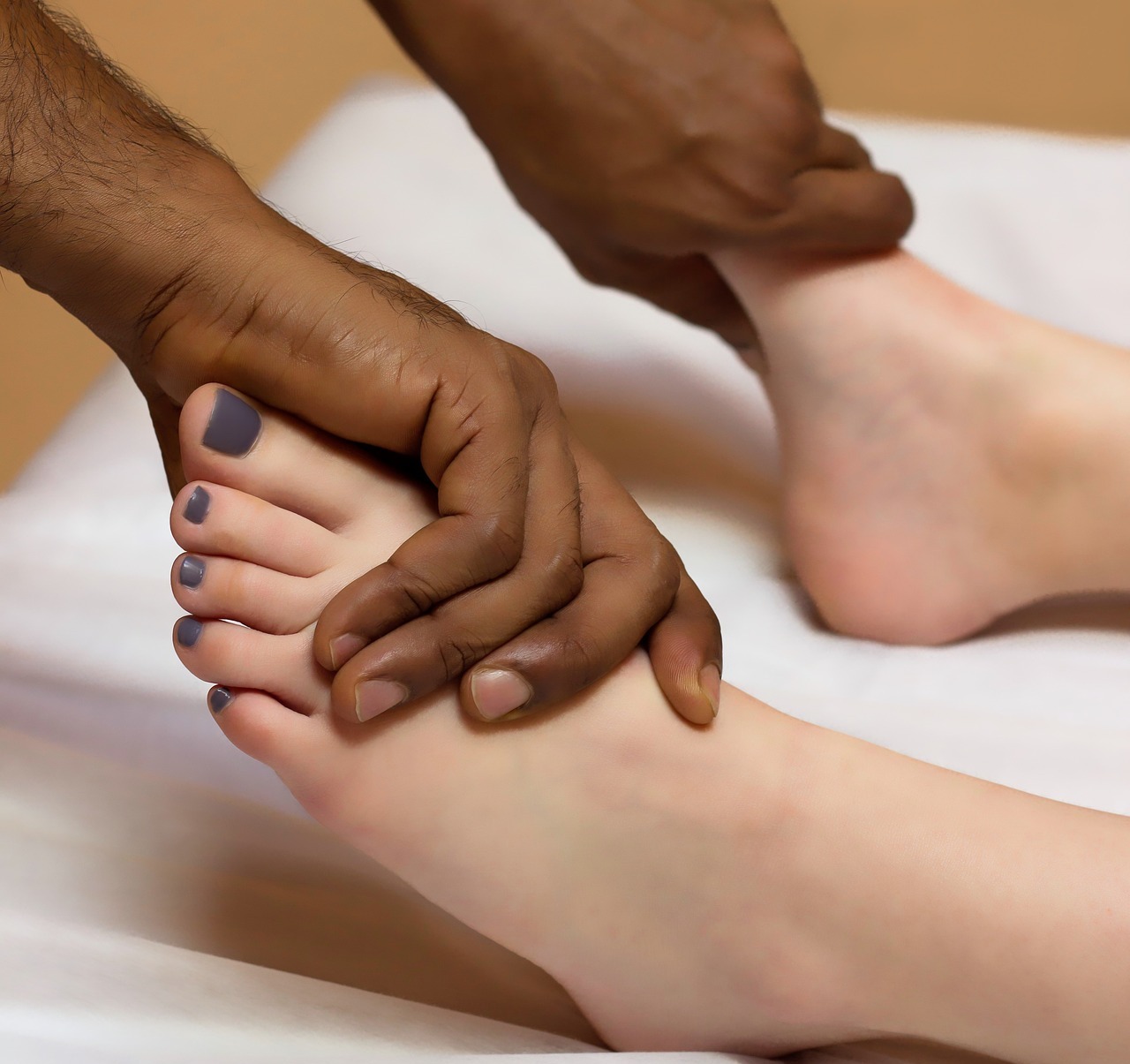What is Lymphatic Drainage and Massage and do I Need It?
Posted on 19th June 2020 at 10:00
The lymphatic system is a network of tissues and organs that help rid the body of toxins, waste and other unwanted materials. Lymph is a colourless fluid containing white blood cells that bathes the tissues and drains through the lymphatic system into the bloodstream.
When your Lymphatic system shuts down, your immune system weakens, meaning you’re more vulnerable to “opportunistic infections” — sicknesses that can even come from things that wouldn't normally harm you. So it’s important to maintain its health.
What is Lymphatic Drainage and Massage?
A lymphatic drainage massage uses very light pressure and long, rhythmic strokes that gets the lymph fluid moving and directs the toxins into the organs that can properly remove them from your body.
Although Sports Massage (Deep Tissue Massage) consists predominantly of deep strokes, we do mix Lymphatic drainage massage in with it (smoother flowing strokes). That’s why it is always explained as a mixture between discomfort and comfort! We connect the movements together in a way that leaves the client relaxed at the same time.
It increases the Range of Motion and decreases the pain you may have been experiencing. This mix in massage technique used on clients will move the stagnant fluid back into the natural lymph flow of the body and also produce a reduction in swelling, water retention, and increased circulation - particularly for those with lymphedema, which is swelling caused by a lymphatic system blockage. Also, of course it reduces tightness and lengthens the muscles.
A lymphatic drainage massage uses pressure applied to key areas to unblock the flow. This technique is completely painless, as constant soft pressure is applied and increased slowly.
Questions you may have asked about Lymphatic Drainage and Massage
How long should a session take?
Sessions last from 30 to 90 minutes at a time, depending on the condition being treated. The recommended amount of time is usually 60 minutes to stimulate the lymphatic flow.
What should I do after a massage?
Drink extra fluids, ideally 2 to 4 glasses of water after each massage to help flush the body. Try not to do any vigorous exercise for at least 72 hours. Keep your hands relaxed
Can Lymphatic massage spread cancer?
Light, relaxing massage can safely be given to people at all stages of cancer. The circulation of lymph – from massage or other movement – does not cause cancer to spread.
How should I prepare for the massage?
You can bring baggy shorts if you want, but most people are happy to wear their underwear and be fully covered with a large towel. It’s best to come dressed in clothes which are relaxing to be in such as a tracksuit or loose clothing.
How do you know if your lymphatic system is blocked?
If your lymphatic system is blocked, you’ll experience:
Swelling of part or all your arm or leg, including fingers or toes.
A feeling of heaviness or tightness.
Restricted range of motion.
Aching or discomfort.
Recurring infections.
Hardening and thickening of the skin.
Deep tissue massage is commonly used to release long-term or chronic muscle pain and restriction. It also improves Blood Pressure by helping to ease stress and tension.
What else can you do?
Remember, there are a lot of things you can do yourself also to help drain and cleanse the Lymph System such as:
Eat leafy greens daily
Include healthy fats such as avocado, nuts, seeds, and olive oil.
Eat plenty of fish. Take Omega 3s if you don’t like fish.
Exercise
Drink plenty of clean filtered water
Have high fibre foods
Have a lower sugar intake
Try hot and cold showers (a hot and cold treatment with 20 second switches)
Avoid wearing tight clothes
Deep breathing
Overall, if you’re experiencing Lymphatic issues it would greatly benefit you to have a massage at least every 4 to 6 weeks for 60 to 90 minutes. To find out more or to book an appointment, please get in touch.
Share this post:

